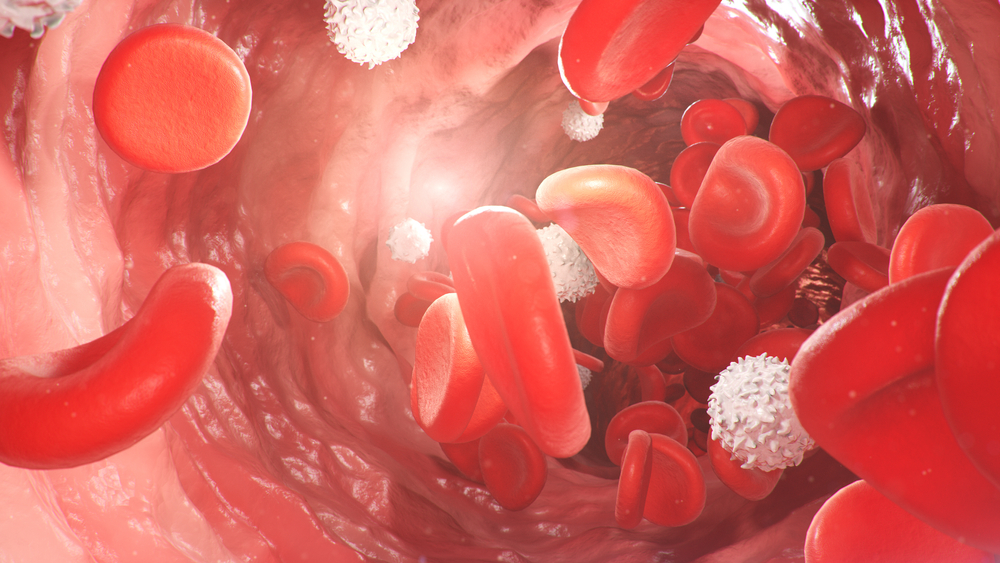
What is being tested?
Blood is a mixture of cells and plasma. The haematocrit (Hct or PCV) is a measurement of the proportion of blood that is made up of cells. The value is expressed as a fraction of cells in blood. For example, a Hct of 0.40 means that there are 40 millilitres of cells in 100 millilitres of blood.
The haematocrit rises when the number of red blood cells increases or when the blood volume is reduced, as in dehydration. The value can fall to less than normal, indicating anaemia, when the body decreases its production of red blood cells or increases its destruction of red blood cells.
How is it used?
This test is used to evaluate:
When is it requested?
The haematocrit is normally requested as a part of the full blood count (FBC). It is also repeated at regular intervals for many conditions, including:
What does the result mean?
A decreased haematocrit (PCV) indicates anaemia, such as that caused by iron deficiency. Further testing may be necessary to determine the exact cause of the anaemia.
Other conditions that can result in a low haematocrit include vitamin or mineral deficiencies, recent bleeding, cirrhosis of the liver, and malignancies.
The most common cause of an increased haematocrit is dehydration, and with adequate fluid intake, it returns to normal. However, if it persists when a patient is not dehydrated, it is suggestive of a condition called polycythaemia — that is, when a person has more than the normal number of red blood cells. Polycythaemia is called primary polycythaemia (Polycythaemia vera) when it is due to a bone marrow problem (myeloproliferative neoplasm). More commonly polycythaemia is a compensation for inadequate delivery of oxygen to the body's tissues, which may be due to problems with lung function, heart or rarely due to abnormalities of the kidneys or adrenal glands.
Is there anything else I should know?
Pregnancy usually causes a slightly decreased Hct due to extra fluid in the blood.
Living at high altitudes causes an increased Hct - this is your body's response to the decreased oxygen available at these heights.
Common questions
Treatment will depend upon the type of anaemia and the cause. Folic acid, vitamin replacement, iron, and packed red cell transfusion are some therapies used to treat anaemia.
No. This test is performed by trained laboratory personnel.
People who have a chronic illness (such as rheumatoid arthritis), an inherited blood disorder, or malnutrition are at risk for an abnormal Hct. Women of childbearing age may have temporary decreases in Hct during menstrual periods and pregnancy.
More information
What is Pathology Tests Explained?
Pathology Tests Explained (PTEx) is a not-for profit group managed by a consortium of Australasian medical and scientific organisations.
With up-to-date, evidence-based information about pathology tests it is a leading trusted source for consumers.
Information is prepared and reviewed by practising pathologists and scientists and is entirely free of any commercial influence.